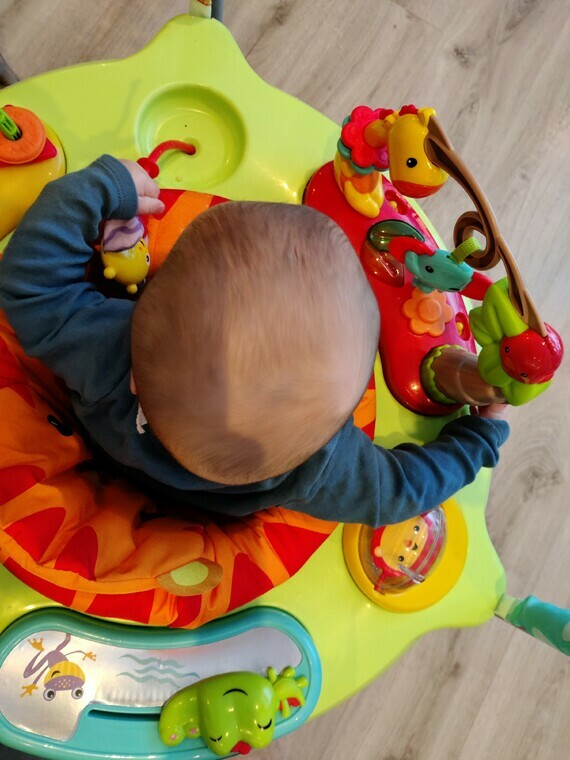

It’s likely to fix itself as your baby grows. Often, mild plagiocephaly doesn’t need treatment. difficulty turning their head left or right.a strong preference for turning their head to one side.a strangely shaped head or a flat spot, which hasn’t gone back to a typical shape by about 2 months of age.See your GP or child and family health nurse if you’re concerned about your baby’s head shape, or your baby has: Medical help: when to get it for children with plagiocephaly or flat head Your baby’s ears might look uneven, and their forehead might be more prominent compared to the rest of their head. Your baby might have an uneven head shape, a flat head or flattened sections at the back or side of their head. This article is only about deformational plagiocephaly.

There’s another type of plagiocephaly called synostotic plagiocephaly or craniosynostosis. The proper medical name for this type of plagiocephaly is deformational plagiocephaly. Later in infancy, some babies with severe plagiocephaly might have a delay in the development of gross motor skills. In some babies, more severe plagiocephaly can be caused by tight neck muscles (congenital muscular torticollis), which means babies have a strong preference for turning their heads to one side. So plagiocephaly sometimes happens when babies lie with their heads in the same position for a long time. This means that the heads of newborn babies can change shape easily. This can be caused by the head’s position in the uterus during pregnancy, or it can happen because of the squashy passage down the birth canal.Īlso, newborn skull bones are soft, thin and flexible.

Plagiocephaly can be mild, moderate or severe.īabies are often born with misshapen heads. It can also be a flattened spot on the back or side of a baby’s head. Plagiocephaly is an uneven or asymmetrical head shape – a ‘flat head’.


 0 kommentar(er)
0 kommentar(er)
